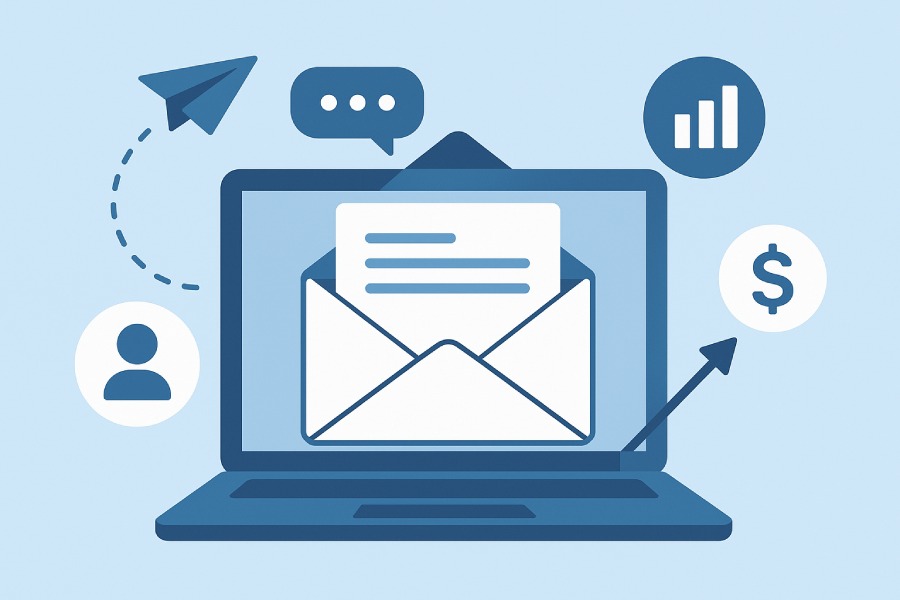Comparing The Leading Cold Email Marketing Platforms For Maximum Deliverability
In today’s competitive digital world, the success of any outreach campaign hinges on one key factor — email deliverability. Even the most persuasive cold email won’t convert if it never reaches the inbox. That’s why choosing the right cold email marketing platform is crucial. From advanced spam testing tools to smart sending algorithms, top platforms are built to boost sender reputation and open rates. Let’s compare the leading cold email marketing platforms to find which delivers the best results.
Understanding Cold Email Marketing and Its Importance
In today’s competitive landscape, cold email marketing serves as a powerful cold calling alternative to fuel lead generation, customer acquisition, and sales acceleration. By leveraging email outreach, businesses can engage prospects efficiently through personalized, automated email campaigns. Unlike traditional cold calls, cold emails allow sales teams to nurture warm leads and inbound prospects as part of a well-structured sales funnel, maximizing conversion optimization.
Effective cold outreach hinges on combining email personalization with sequence automation, follow-up emails, and targeted email segmentation. This strategic blend enhances prospect engagement rates, improves response rates, and lowers bounce rates. Additionally, integrating cold email efforts with multi-channel marketing—including social selling and inbound lead nurturing—expands reach and boosts pipeline management.
To achieve superior results, businesses depend on email marketing software capable of bulk email sending, template management, email list building, and email list hygiene to maintain compliance with regulations such as CAN-SPAM and GDPR. Platforms equipped with robust email deliverability tools, email tracking, and contact management features enable marketers to optimize open rates and click-through rates, further refining their outbound marketing strategies.
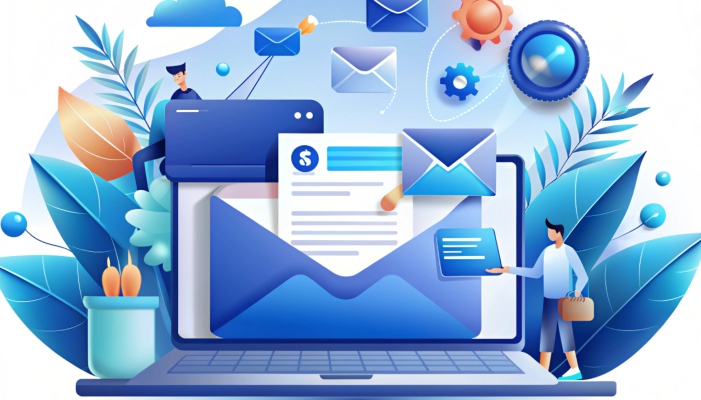
Key Factors That Affect Email Deliverability
Maximizing email deliverability is critical in cold email campaigns to avoid spam folders and ensure messages reach intended prospects’ inboxes. Several factors influence deliverability, including:
- Email List Hygiene: Maintaining a clean email list through regular contact enrichment and validation using tools like Hunter.io and Snov.io reduces bounce rates and spam complaints.
- Spam Compliance: Adhering to CAN-SPAM regulation and GDPR compliance protects sender reputation and avoids legal penalties.
- Subject Line Optimization: Crafting compelling and relevant subject lines is essential for boosting open rates and avoiding spam filters.
- Email Content and Copywriting: Well-written, value-driven email copy incorporating personalization elevates response rates and engagement.
- Email Sending Infrastructure: Using verified domains, dedicated IPs, and authenticated email servers improves trustworthiness with ISPs.
- Email Frequency and Scheduling: Strategic email scheduling and response automation prevent recipient fatigue, keeping prospects engaged.
- A/B Testing and Analytics: Continuous testing of subject lines, messaging, and calls-to-action using email metrics such as open rates, click-through rates, and response rates guides conversion optimization.
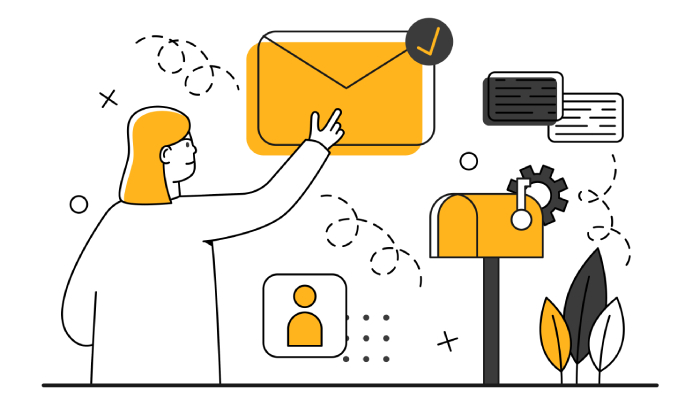
Overview of Criteria for Comparing Cold Email Platforms
Selecting the optimal cold email marketing platform demands a comprehensive evaluation based on key criteria that impact deliverability and campaign effectiveness:
- Email Automation and Sequence Automation: The platform must support drip campaigns, follow-up emails, and dynamic sequencing to nurture leads systematically.
- Prospecting Software and Contact Management: Integration with contact enrichment tools and CRM platforms like HubSpot Sales Hub, Pipedrive, or Close CRM ensures seamless lead scoring, pipeline management, and customer relationship management.
- Template Management and Email Copywriting Support: Rich template libraries coupled with easy customization foster consistent branding and streamlined campaign creation.
- Email Tracking and Email Metrics: Real-time analytics on open rates, bounce rates, and click-through rates provide actionable insights for sales engagement platforms.
- CRM Integration and Multi-Channel Marketing: Tight CRM integration facilitates synchronized sales funnel operations, combining email outreach with social media and cold calling alternatives.
- Compliance and Security: Built-in features ensure spam compliance, CAN-SPAM regulation adherence, and GDPR compliance.
- Deliverability Performance: Platforms equipped with email deliverability tools monitor sender reputation and optimize bulk email sending processes.
- A/B Testing and Conversion Optimization: Built-in A/B testing capabilities help refine subject lines and email content to boost prospect engagement.
- Email Scheduling and Response Automation: Effective email scheduling and automated follow-ups save time and maintain timely prospect engagement.
Top cold email platforms also emphasize usability, scalability, and customer support tailored for sales acceleration teams.

Platform 1: Reply.io – Features, Strengths, and Deliverability Performance
Reply.io stands out as a robust sales engagement platform tailored for email outreach and outbound marketing. Its comprehensive feature set supports end-to-end cold email campaigns to maximize lead generation and customer acquisition.
- Email Automation and Sequence Automation: Reply.io excels at creating multi-stage drip campaigns with intuitive sequence builders, enabling sales teams to automate follow-up emails and customize cadence based on lead behavior.
- Template Management and Email Personalization: Users benefit from a vast library of customizable email templates supporting advanced email personalization tokens, boosting open rates and response rates.
- Prospecting Software and Contact Management: Integrated prospecting features coupled with CRM integration capabilities (including Salesforce and HubSpot Sales Hub) facilitating streamlined contact management and lead scoring.
- Email Deliverability Tools: Reply.io incorporates sophisticated email deliverability tools that monitor bounce rates, track email list hygiene, and suggest optimizations for improved sender reputation.
- Analytics and Email Tracking: Detailed email metrics dashboards provide insights into open rates, click-through rates, and response automation effectiveness, enabling ongoing conversion optimization.
- Compliance and Security: The platform aligns with CAN-SPAM and GDPR compliance guidelines, offering built-in spam compliance checks to protect sender domains.
- Multi-Channel Marketing: Beyond email, Reply.io integrates phone dialer and social touches, supporting a full-spectrum sales funnel strategy and providing a cold calling alternative integrated within the platform.
- A/B Testing and Subject Line Optimization: Reply.io allows users to run A/B tests for subject lines and email content, facilitating continuous improvement in outreach effectiveness.
- Email Scheduling: Smart email scheduling features optimize send times based on recipient time zones to maximize open rates.

Platform 2: Lemlist – Features, Strengths, and Deliverability Performance
Lemlist is a cutting-edge cold email marketing software platform that emphasizes personalized outreach and deliverability enhancement, ideal for teams focusing on prospect engagement and conversion optimization.
- Email Personalization and Email Copywriting Support: Lemlist is renowned for its dynamic personalization capabilities, allowing users to embed images, videos, and custom fields within emails, which significantly boost open rates and engagement.
- Sequence Automation and Drip Campaigns: Its drag-and-drop sequence builder enables the creation of complex drip campaigns and follow-up emails tailored to segmented audiences.
- Template Management and Email List Hygiene: Lemlist provides a robust template management system alongside tools for validating and cleaning email lists to maintain high email list hygiene and reduce bounce rates.
- Email Tracking and Performance Metrics: Users gain granular visibility into open rates, response rates, and click-through rates through integrated email tracking, facilitating refined lead nurturing strategies.
- CRM Integration and Contact Enrichment: Lemlist supports integrations with popular CRMs like Pipedrive and Close CRM, featuring contact enrichment to refine prospect data and enhance lead scoring models.
- Email Deliverability Tools and Spam Compliance: Lemlist offers comprehensive deliverability analytics and spam score assessment, ensuring campaigns meet CAN-SPAM regulation and GDPR compliance standards.
- A/B Testing and Subject Line Optimization: The platform supports A/B split testing for various email elements, enabling subject line optimization and email copy refinement.
- Multi-Channel Marketing and Sales Engagement: Lemlist includes capabilities to combine email with social selling and in-app notifications, enriching multi-channel marketing efforts and increasing warm lead generation.
- Outbound Marketing and Cold Calling Alternative: Its user-centric approach to automating personalized sequences provides an efficient cold calling alternative, streamlining outbound marketing workflows.
- Email Scheduling and Response Automation: Lemlist’s sophisticated scheduling options and AI-enabled response automation reduce manual effort and accelerate sales funnel velocity.

Through its focus on email personalization, deliverability optimization, and seamless CRM integration, Lemlist empowers sales teams to elevate prospect engagement and optimize pipeline management effectively.
By weighing these platforms against the foundational criteria—such as email automation, compliance, deliverability tools, and CRM integration—businesses can select a solution that enhances their cold outreach efforts, driving sustained growth through improved email deliverability and customer relationship management.
Platform 3: Features, Strengths, and Deliverability Performance
Reply.io stands out as a powerful sales engagement platform designed to streamline email outreach and outbound marketing efforts. Its core features focus heavily on sequence automation, enabling sales teams to create multi-step drip campaigns that combine email, social touches, and calls as an effective cold calling alternative.
Reply.io excels at managing bulk email sending while maintaining strong email deliverability, leveraging built-in email deliverability tools that monitor bounce rates and keep campaigns compliant with CAN-SPAM regulation and GDPR compliance.
The platform integrates sophisticated email personalization tools, allowing customization at scale, which substantially improves open rates and response rates. Template management is seamless, offering preset and customizable templates to optimize email copywriting, with A/B testing functionality to refine subject line optimization and overall email metrics. Reply.io also boasts comprehensive email tracking and response automation features that allow sales teams to engage prospects dynamically throughout the sales funnel.
One of Reply.io’s key strengths lies in its robust CRM integration capabilities, syncing easily with platforms like HubSpot Sales Hub and Pipedrive, ensuring uniform contact management and pipeline management. This integration enhances lead nurturing efficiency and lead scoring precision, which accelerates customer acquisition and conversion optimization.

Platform 4: Features, Strengths, and Deliverability Performance
Lemlist is a standout tool for those seeking to maximize the impact of their email marketing software through hyper-personalized campaigns. Its primary focus is email personalization — more specifically, dynamic content insertion that goes beyond simple first-name customization. Lemlist’s ability to insert images, videos, and personalized landing pages within the emails differentiates it significantly within the realm of bulk email sending.
In terms of deliverability, Lemlist offers email deliverability tools that actively monitor spam compliance and bounce rates, maintaining a healthy email list hygiene. This attention to deliverability ensures that outbound marketing efforts consistently reach the inbox, safeguarding open rates and click-through rate metrics. The platform provides powerful template management and testing, with built-in A/B testing support for refining email outreach strategies.
Lemlist supports CRM integration and boasts native contact enrichment features, helping in email list building and segmentation to enhance lead generation and pipeline management. Its sequence automation and follow-up email scheduling capabilities allow for effective drip campaigns and warm leads engagement, forming a solid foundation for prospect engagement and sales acceleration.
Platform 5: Features, Strengths, and Deliverability Performance
SalesLoft is an enterprise-grade sales engagement platform designed for experienced sales teams focused on optimizing every step of the customer acquisition journey. It excels in comprehensive sequence automation and multi-channel marketing, combining email outreach, phone calls, and social touches into an integrated pipeline management system.
SalesLoft offers exceptional email tracking and response automation capabilities, powering sales acceleration by providing timely follow-up emails and managing high volumes of bulk email sending without compromising deliverability. The platform’s email deliverability tools actively monitor bounce rates and ensure compliance with GDPR and CAN-SPAM regulation, crucial for maintaining an optimal sender reputation.
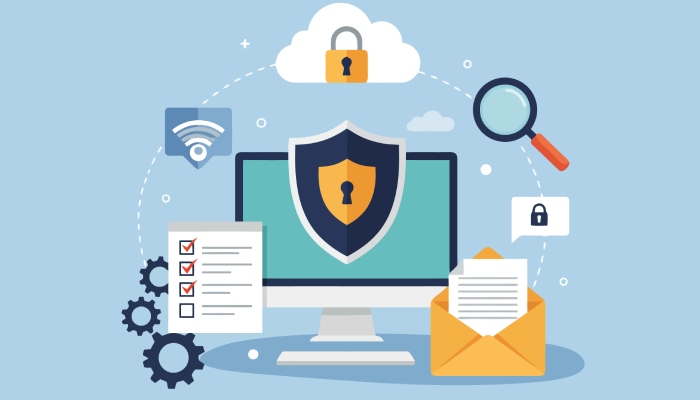
The platform’s strength lies in its deep CRM integration, especially with Salesforce, HubSpot Sales Hub, and Nureply, facilitating contact management, lead scoring, and advanced email segmentation. SalesLoft supports template management and A/B testing to optimize subject line performance and email copywriting effectiveness.
High prioritization of email list hygiene and contact enrichment contributes to better lead nurturing and inbound lead conversion, positioning SalesLoft as a cornerstone for modern customer relationship management and pipeline success..
Integration Capabilities and Workflow Automation
Modern email outreach platforms thrive on seamless CRM integration and workflow automation that eliminate manual tasks and boost efficiency. Tools like HubSpot Sales Hub, Pipedrive, and Close CRM integrate smoothly with platforms such as Mailshake, Outreach, and Groove, synchronizing contact management, email lists, and lead scoring data directly to sales engagement platforms.
Sequence automation is a critical feature, enabling sales teams to schedule an entire email campaign with follow-up emails, multi-channel touches, and response automation incorporated seamlessly. Platforms like Yesware and Mixmax embed email scheduling and email tracking functionalities within popular email clients, enhancing productivity without context switching.

Integration with prospecting software such as Apollo.io, Hunter.io, and Aeroleads is common, enriching contact data and supporting email list building efforts with verified leads. This combined with pipeline management tools means that customer acquisition and lead nurturing become streamlined stages rather than fragmented activities.
Moreover, sales acceleration is supported by workflow automation that intelligently triggers outreach based on lead scoring or behavior, boosting conversion optimization through timely, personalized messaging.
List Management and Segmentation Features
Effective email list building and subsequent segmentation are foundational to successful outbound marketing campaigns. Platforms like Woodpecker and Klenty provide advanced email list hygiene capabilities, removing invalid addresses to manage bounce rates and improve email deliverability.
Email segmentation in these tools allows sales teams to divide lists based on firmographics, engagement history, or lead scoring, focusing email campaigns on warm leads to maximize response rates. Tools such as Sendbloom enhance this by incorporating multi-channel marketing data, providing a 360-degree view of prospects across digital touchpoints.
Proper list management also ensures compliance with spam regulations like CAN-SPAM and GDPR, allowing marketers to maintain a permission-based contact database and reduce spam complaints. Contact enrichment mechanics integrated with services like Snov.io and PersistIQ pull updated data, making customer relationship management more dynamic and precise.
Personalization Tools to Improve Engagement
Personalization remains the key driver behind high open rates and click-through rates in email outreach. Platforms including Lemlist, Mixmax, and GMass empower users with advanced email personalization features that range from dynamic content insertion to tailored subject line optimization.
Email copywriting enhancements emphasize contextual messaging by leveraging CRM data, enriched contact profiles, and behavioral insights. Automated follow-up emails in sequence automation cater content dynamically based on previous responses or inactivity, a method proven to enhance lead nurturing outcomes.
Template management systems support the creation of reusable assets while encouraging A/B testing to understand how slight variations in email copy or design influence email engagement metrics. Through response automation and email scheduling, platforms like OutreachBin and ReplyApp ensure timely and relevant communication flows, propelling prospect engagement while respecting individual inbox preferences.
Incorporating multi-channel marketing strategies that pair email outreach with LinkedIn or phone touches results in a comprehensive sales funnel approach, helping teams convert cold outreach into warm leads effectively and ultimately driving sustained customer acquisition.
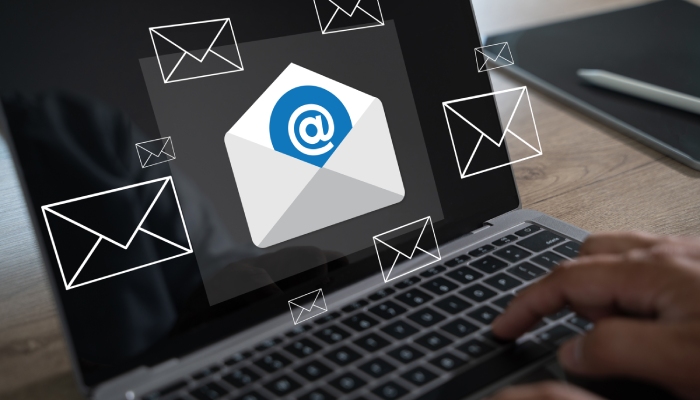
Deliverability Enhancement Tools (e.g., SPF, DKIM, DMARC Support)
In the realm of email outreach and lead generation, one critical factor that can make or break an email campaign is email deliverability. Without ensuring that your emails land in recipients’ inboxes rather than spam folders, even the most sophisticated email personalization and sequence automation efforts are rendered futile.
Therefore, the integration of deliverability enhancement tools such as SPF (Sender Policy Framework), DKIM (DomainKeys Identified Mail), and DMARC (Domain-based Message Authentication, Reporting & Conformance) is indispensable for any robust email marketing software.
SPF verifies that an outbound email is sent from an authorized server, which helps reduce bounce rates and keeps spam compliance in check. DKIM further authenticates emails by attaching a cryptographic signature, ensuring that the message has not been tampered with in transit. DMARC ties SPF and DKIM together with policies that inform receiving servers how to handle unauthenticated emails.
Platforms like Woodpecker, Lemlist, Mailshake, and Yesware provide built-in support for these protocols, offering users email deliverability tools that continuously monitor and improve overall sender reputation. Proper implementation of these tools contributes directly to improved open rates, response rates, and reduced bounce rates, critical email metrics tracked through email tracking functionality common in solutions such as Outreach, SalesLoft, and HubSpot Sales Hub.
Additionally, regular use of email list hygiene practices, including contact enrichment and email list building with providers like Hunter.io and Snov.io, ensures your contact management system remains primed with qualified prospects, thus facilitating cleaner campaigns.

Choosing the Right Platform Based on Business Needs and Goals
Selecting the optimal sales engagement platform or email marketing software requires a strategic evaluation of your company’s unique requirements, including the size of your sales team, your sales funnel complexity, and your customer acquisition objectives.
For businesses that rely heavily on cold outreach and need to adopt a cold calling alternative, platforms like Mailshake, PersistIQ, and ReplyApp streamline email personalization and bulk email sending processes, enabling scalable prospect engagement without sacrificing the personal touch.
For enterprises looking for comprehensive CRM integration to unify contact management, pipeline management, and sales acceleration, tools such as HubSpot Sales Hub, Outreach, or Salesforce-compatible platforms like Cirrus Insight are prudent choices.
These platforms facilitate sophisticated sequence automation, drip campaigns, and multi-channel marketing, combining email outreach with phone calls, LinkedIn touchpoints, and voicemail drops for a fully integrated approach.
Companies focusing on conversion optimization and lead nurturing can benefit from email marketing software such as ActiveCampaign or SalesHandy, which specialize in email segmentation, lead scoring, and response automation, thereby nurturing both warm leads and inbound leads effectively. Meanwhile, template management and subject line optimization features in platforms like Lemlist and GMass provide additional levers to improve open rates and click-through rates.
Smaller teams or startups with limited budgets might find value in solutions like Klenty, Woodpecker, or QuickMail that support CAN-SPAM regulation and spam compliance protocols, ensuring legal safety while enabling foundational email outreach and prospecting capabilities through contact enrichment integrations with Hunter.io and Snov.io.
Ultimately, the right platform balances price, user-friendliness, deliverability enhancement tools, and scalability, aligning with long-term customer relationship management goals and sales funnel development while ensuring compliance and data security.

FAQs
What is email deliverability and why is it important?
Email deliverability refers to the ability of an email campaign to successfully reach the recipient’s inbox rather than the spam or junk folder. It’s crucial because even the most effective email copywriting and personalization won’t generate leads or conversions if emails are not seen by prospects.
How do SPF, DKIM, and DMARC improve email outreach?
SPF, DKIM, and DMARC are authentication protocols that validate the legitimacy of sent emails. Implementing these protocols reduces bounce rates, improves email deliverability, and protects your sender reputation, leading to higher open and response rates in your outbound marketing campaigns.
What role does analytics play in optimizing an email campaign?
Analytics provide insights into key email metrics such as open rates, click-through rates, and response rates. Monitoring these metrics through platforms like SalesLoft and Yesware helps marketers perform A/B testing and refine subject lines, email copywriting, and sequence automation for better conversion optimization.
Which email marketing software is best for small businesses?
For small businesses focusing on cold outreach and lead generation, tools like Mailshake, Lemlist, and Klenty offer affordable pricing models with essential features like bulk email sending, email personalization, and basic CRM integration.
How do email list hygiene and segmentation enhance campaign performance?
Maintaining email list hygiene ensures that your contact management database contains valid, engaged contacts, lowering bounce rates and avoiding spam compliance issues. Segmentation allows for targeted, relevant messaging, which significantly boosts open rates, click-through rates, and overall prospect engagement.
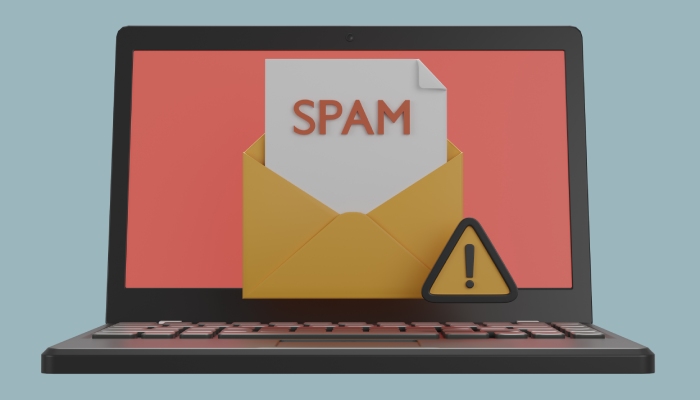
What are common pricing models for sales engagement platforms?
Most platforms use tiered subscription models based on user seats, email volume, and access to advanced features like analytics, CRM integration, and automation. Choosing the right tier depends on business scale and specific needs related to sales funnel complexity and customer acquisition.
How can email automation aid in sales acceleration?
Email automation streamlines repetitive tasks like follow-up emails, drip campaigns, and sequence scheduling, effectively moving leads through the sales funnel faster. This reduces manual workload, improves response rates, and enhances lead nurturing efforts.
Key Takeaways
- Implementing SPF, DKIM, and DMARC protocols is essential for improving email deliverability and reducing bounce rates in outbound marketing campaigns.
- Advanced analytics and reporting features available in platforms like HubSpot Sales Hub and SalesLoft enable continuous campaign optimization through data-driven decision making.
- Pricing models vary from entry-level options suitable for small businesses to enterprise-grade solutions, with value tied to features like CRM integration, automation, and compliance management.
- Selecting the right email marketing software hinges on aligning its capabilities with your business goals, sales funnel complexity, and lead nurturing strategies.
- Maintaining email list hygiene and leveraging segmentation alongside automation tools enhances prospect engagement, leads conversion, and overall customer acquisition efficiency.

